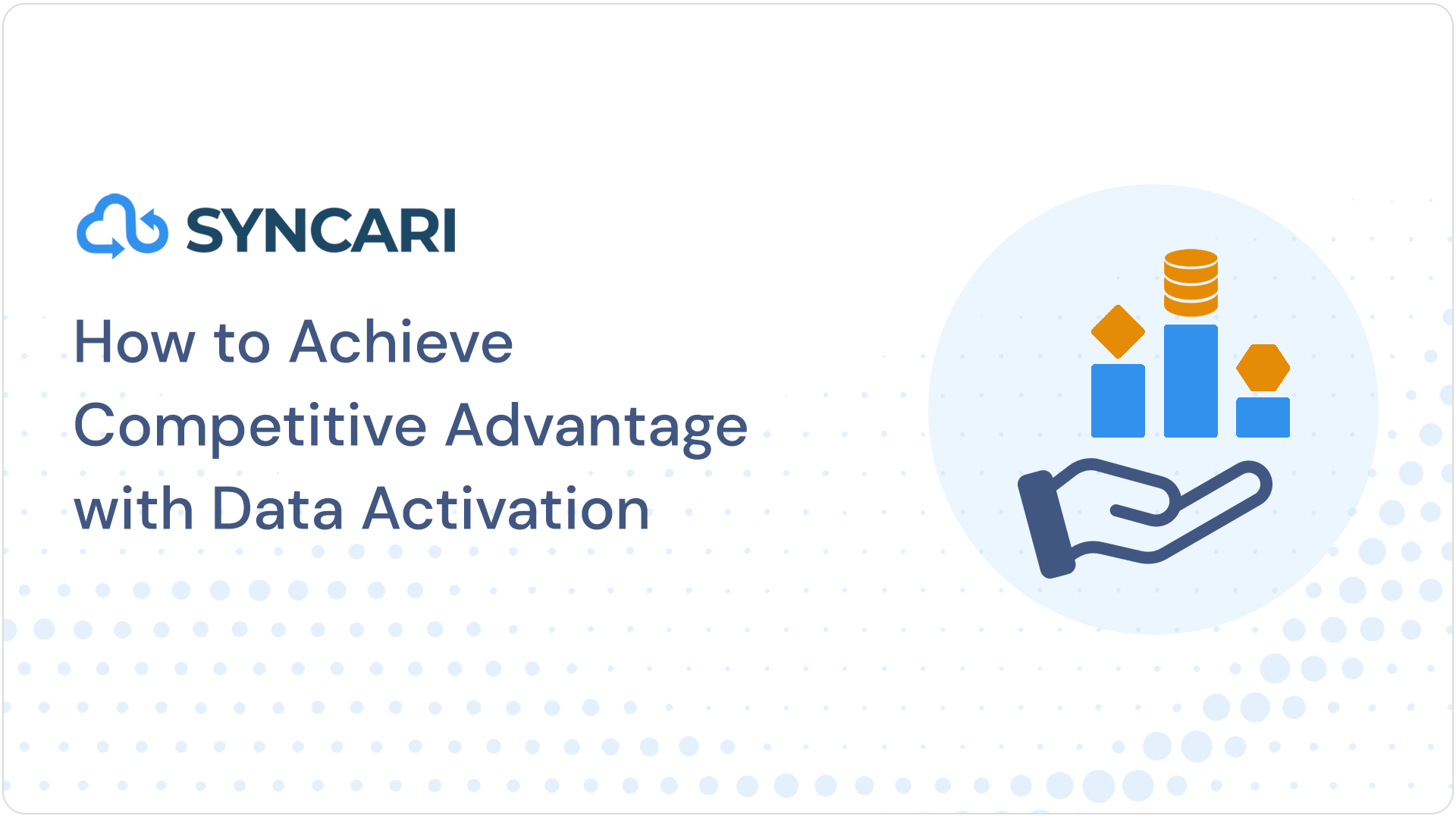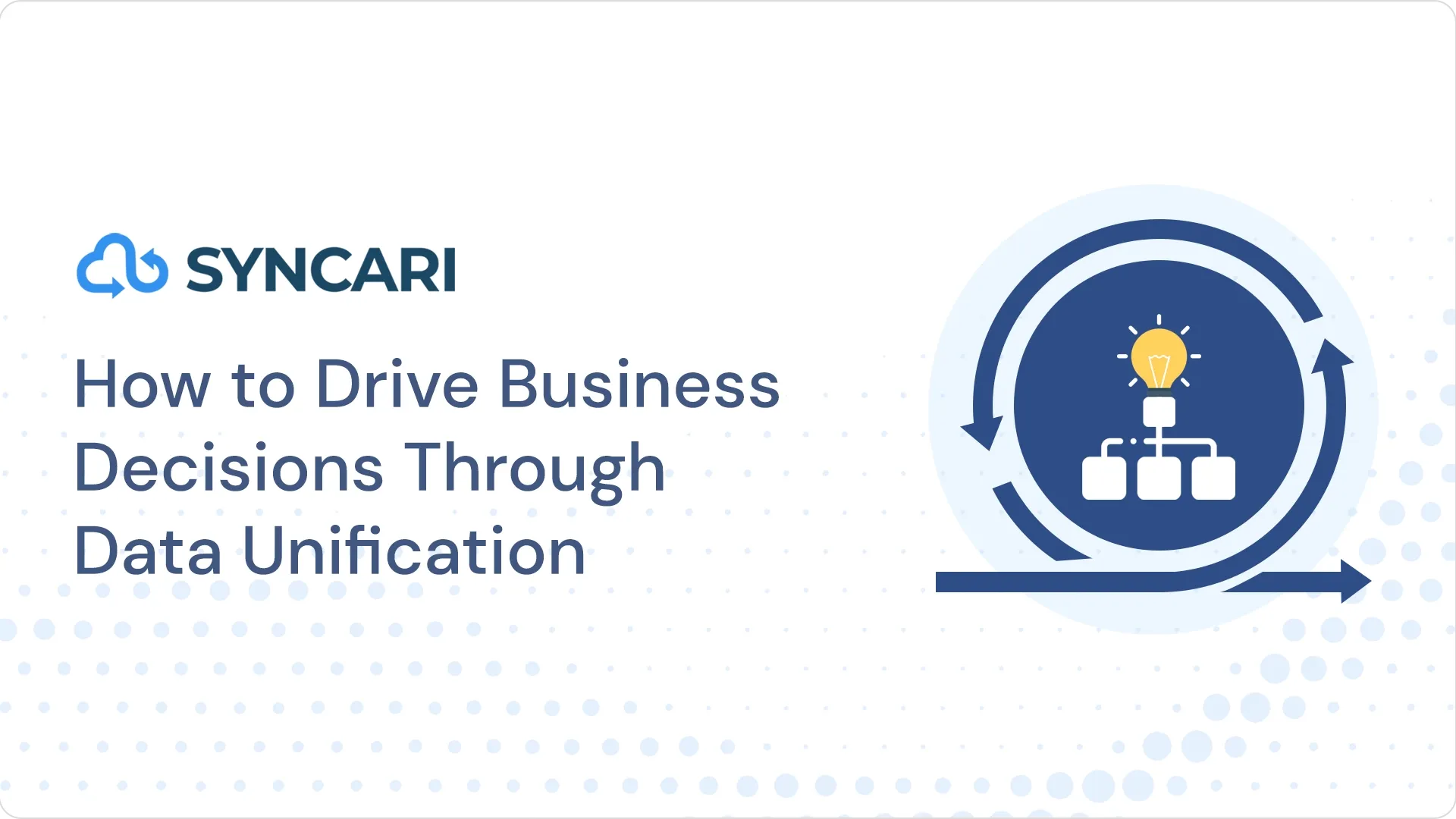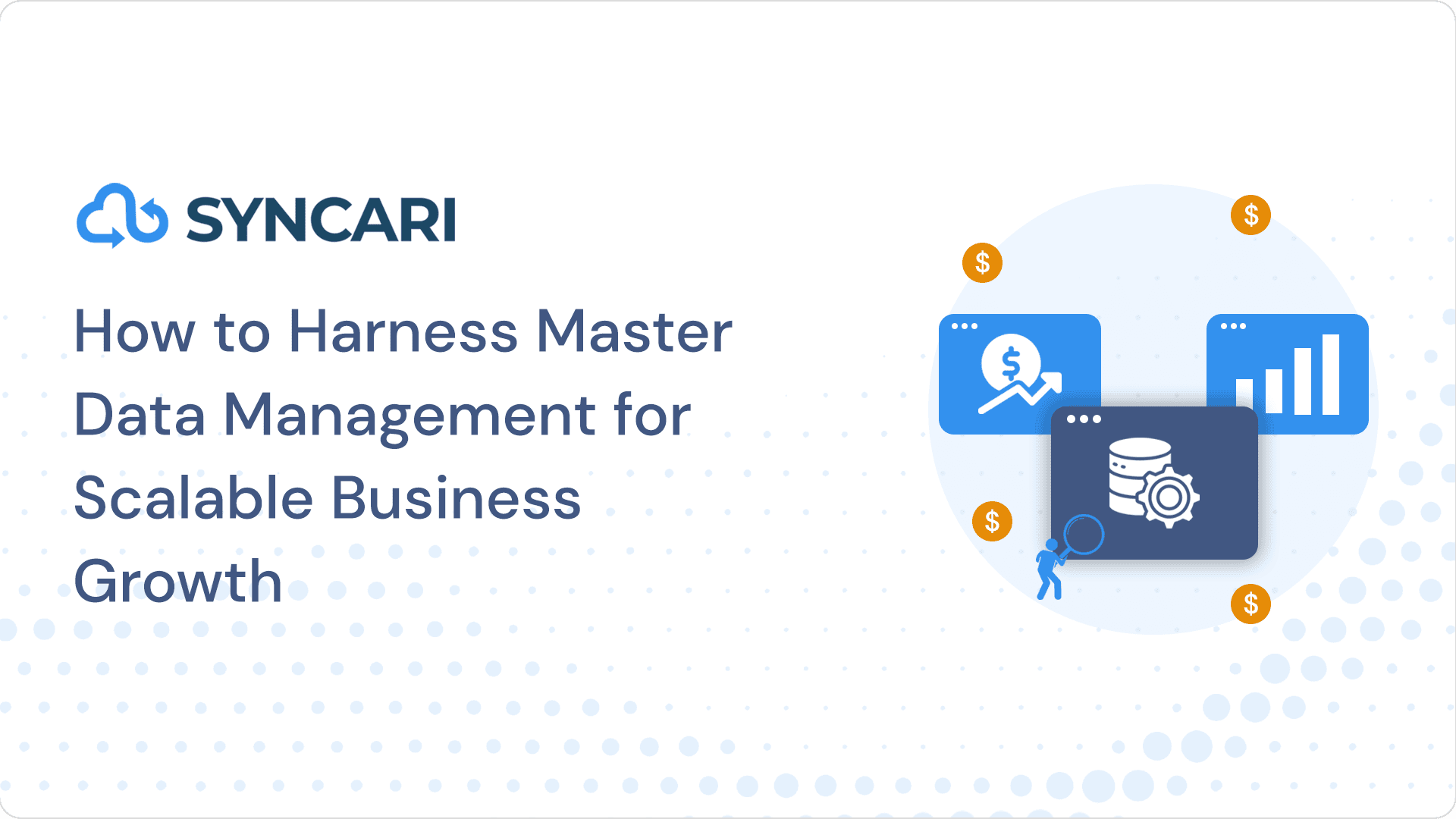As companies have evolved, the systems and applications they use have increased in both number and complexity. This is where automated master data management and the best master data management tools come into play. According to Lucidworks, corporations collect more than 7.5 sextillion gigabytes of data each day (even after regulations such as GDPR and CCPA). But the pervasive struggle for corporations, despite data management automation, is being able to use it, especially for the operations professionals who have to manage that data.
The purpose of master data management arose as a method to try to improve data quality, reduce inaccuracies, and increase the overall health of their corporate data. BPM master data management offers a solution to this, but before we can dive into how it’s done and best practices for the future, let’s first discuss what it even is.
[ Related: Top 7 Master Data Management Tools to Ensure High-Quality Data ]
What is master data management?
When duplicate data exists in an organization, master data management is the practice by which the organization attempts to establish a “master” version of the data, an automated data management tool. This ensures the duplicates of that data are correct wherever it is kept.
Imagine you have a customer’s email address as a piece of data. Now think of everywhere that email address is kept: the customer relationship management software (CRM), marketing automation platform (MAP), support ticketing software, invoicing platform, among many others. How are you ensuring that data is the same in every system? This problem is what master data management attempts to solve. This is further visualized in a customer master data management PPT presentation, for instance.
According to Techopedia, here’s the definition of master data management:
“Master data management (MDM) is the management of specific key data assets for a business or enterprise.”
“Master data” is any piece of information where your organization can agree on its definition. For instance, our example of an email address could be considered “master data.” Customer, employee, product, and analytical data are also examples of information that could be classified as “master data.”
An important point about master data management is that it’s not something you can solve by simply buying software, implementing it, and then forgetting about it. Your organization must first understand MDM is a continuous process and needs to include all three pieces of the PPT framework — people, process, and technology — if it is to succeed.
[ Related: It’s Official: Master Data Management is Dead ]
A combination of people, process, and technology
As with any other change management, MDM is a massive transformation to how your organization has likely handled data in the past. It requires support from all parts of the business to create the paradigm shift needed in order to fundamentally change how your company works with and manages data. This is the cornerstone of the purpose of master data management.
At the minimum, you will need people involved who can own and steward the data, as well as properly govern both the existing information and new data being created every day. You will also need stakeholders within each part of the business in order to gain buy-in, especially from executives.
But besides needing to find the people who will help you on your MDM journey, you will also need to create a robust set of processes that dictate how to work with your organization’s data. Essentially, it’s creating the rulebook for collecting, maintaining, vetting, and distributing corporate data. You can even build your own master data management system with the right guidance.
The last piece of the MDM puzzle is the technology required. While it is not the most important piece, any MDM venture would fail without the master data management solution, which can include software and automated data management tools.
[ Related: The top data enrichment companies right now ]
What is master data management software?
Master data management software is the tech where your data stewards and owners and your data management processes come together. Put simply, it is the tool necessary for your organization to put its MDM plans into action, through data integration and possibly robotic process automation.
At the most basic level, your MDM software could feasibly be a complex Excel sheet. But for larger organizations or those with more than a few hundred new data points per day, a third-party tool is likely more appropriate. Regardless of the proposed tool’s complexity, there are significant challenges to the successful adoption and implementation of MDM — both as a discipline and a software.
[ Related: Customer Data Platform vs. Master Data Management ]
The problem with today’s master data management best practices
The underlying goal behind the application of master data management is to create a “single source of truth.” This is a repository for all master data that the entire organization can reference. But there’s an issue with that approach. Specifically, the belief a single source of truth will solve the data quality and management issues your organization endures. (Spoiler alert: it doesn’t.)
Here’s an example:
Let’s say your organization has a customer who is up for renewal. If their account executive wanted to reach out, they would go into the CRM and find their information. But if Marketing wanted to send an email, they would look up the record in the MAP. And if Support wanted to see the data on their community engagement and support tickets, they would pull info from the customer experience (XP) platform.
Three different teams look in three different spots to find the information about one piece of “master data,” the customer record. Which is the single source of truth? Each team would have a different answer.
Now let’s go one level deeper and say a separate, single source of truth has been implemented. What’s the likelihood that each of the departments uses it instead of their own systems to pull data? What’s the likelihood that the single source of truth even has complete, correct, and timely data? (Another spoiler alert: both are very low.)
The fallacy that is a “single source of truth” is the inherent problem with master data management. Anyone who has undergone change management before knows the difficulty with that undertaking. So, why are organizations still attempting to force change instead of enabling the way teams work today?
[ Related: Top 7 Data Governance Tools to Better Manage Your Data the Right Way ]
Embrace “distributed truth”
In order for your business to grow and scale, you need to think about data differently. It’s not enough to simply connect individual systems to each other and hope the data you need to make decisions comes across cleanly. On the flip side, it’s too much to ask that each person in your organization fundamentally change the way they are working.
You need to implement a proper multi-directional flow of business data to and from each of the systems your organization uses. The same goes for automating the cleaning, unification, and maintenance of that data. You can ramble everyone in your business to achieve the problem MDM attempts to solve without its disruption.
Learn more about how Syncari enables you to create “distributed truth” with our data automation platform.
[ Related: What is Informatica? Is It The Data Management Solution You’ve Been Overlooking ]


